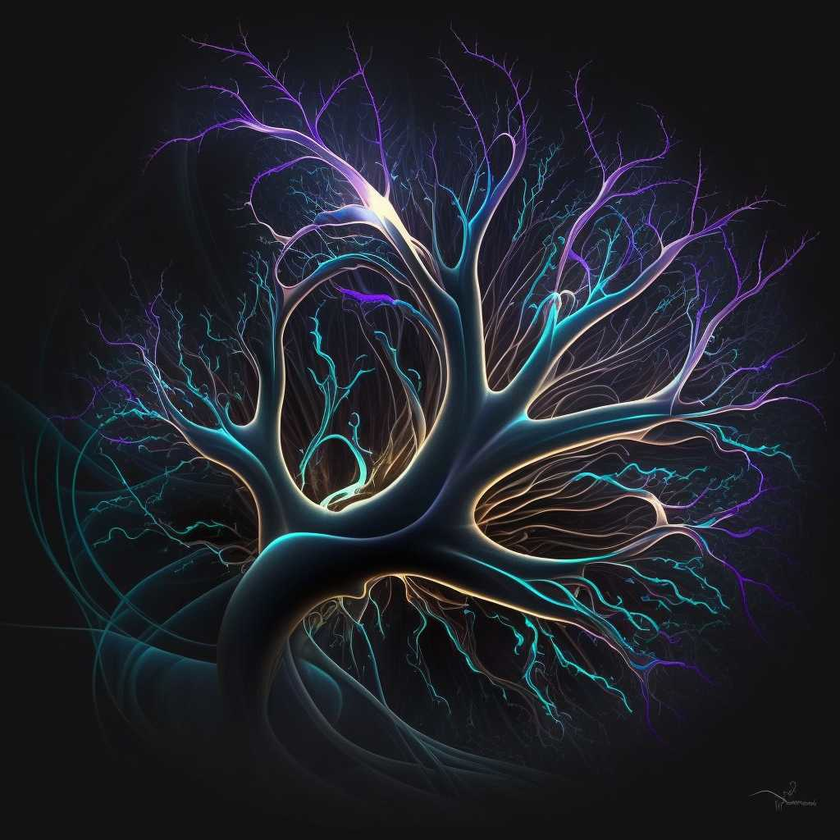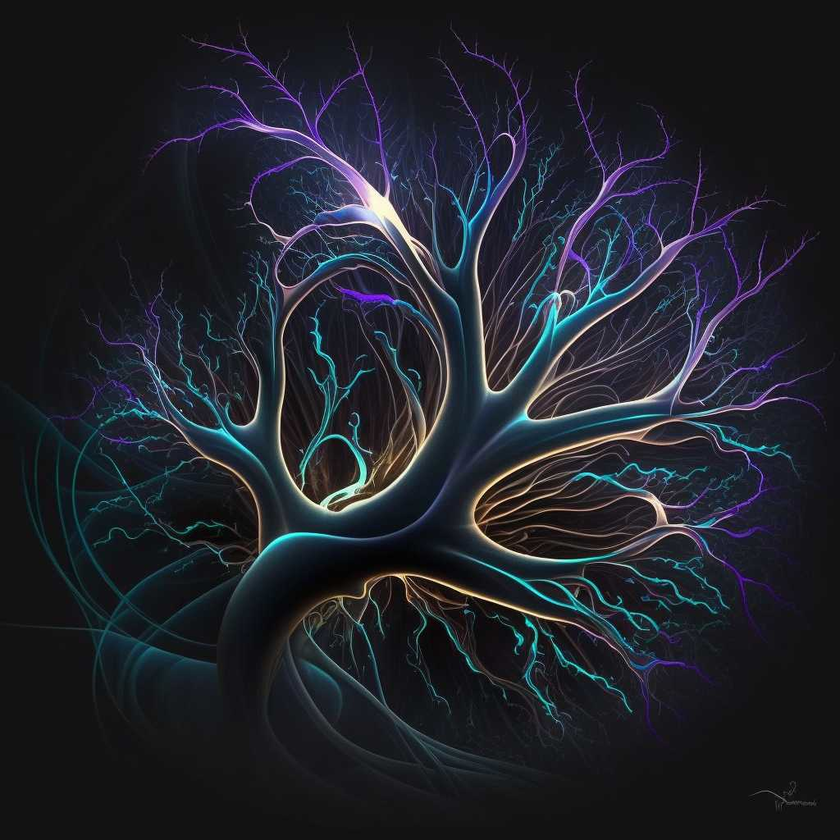Molecular bonding is a fundamental concept in chemistry that helps us understand how atoms interact to form molecules. For many years, scientists have relied on electron bonding theories, such as valence electrons, to explain how atoms bond together. However, recent research has proposed a new theory, known as Vibrational Web Theory (VWT), which postulates that proton vibration and the transfer of vibrational energy between atoms play a crucial role in the formation of molecules.
VWT posits that protons, which are subatomic particles with a positive charge, generate a vibrational energy field as they vibrate within atoms. This energy field can interact with the vibrational energy fields of other nearby atoms, facilitating the transfer of energy between them. Specifically, VWT suggests that protons act as mediators between atoms, enabling them to bond by transferring vibrational energy from one atom to another.
This transfer of energy facilitates the formation of resonant bonds between atoms. Resonant bonds occur when the vibrational energy fields of two or more atoms are similar in frequency and extent, resulting in constructive interference and the creation of a stable bond between the atoms.
The experimental evidence supporting VWT includes studies showing that proton vibration can affect the vibrational frequencies observed in the infrared spectrum of molecules. Further, researchers have observed an isotopic effect in reactions when deuterium is substituted for hydrogen. The substitution of deuterium for hydrogen alters the vibrational frequency of the atoms, leading to slower reaction times, indicating that vibrational energy and proton vibration play vital roles in molecular reactions.
VWT provides a new perspective on molecular bonding by introducing the notion that proton vibrations facilitate the transfer of vibrational energy between atoms, enabling them to bond together. Though there is experimental evidence supporting VWT's postulations, further research is still necessary to establish its validity comprehensively. Nevertheless, the theory offers a fertile ground for future research in theoretical chemistry that could help us gain insights into how atoms and molecules bond together.
In conclusion, Vibrational Web Theory represents a promising new approach to understanding molecular bonding, introducing the idea that proton vibration and vibrational energy play vital roles in facilitating the transfer of energy between atoms, enabling them to bond together. The concept provides a potential pathway for enhancing our comprehension of the fundamental principles governing molecular interactions in chemistry.
















